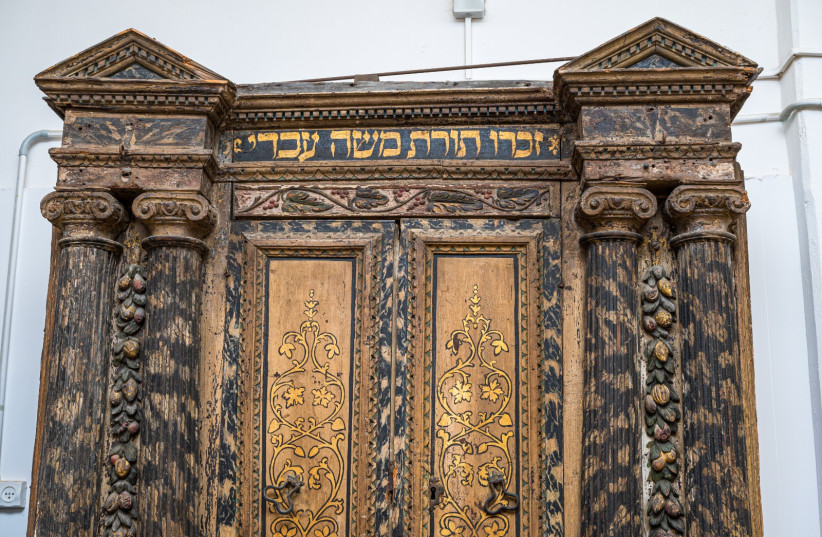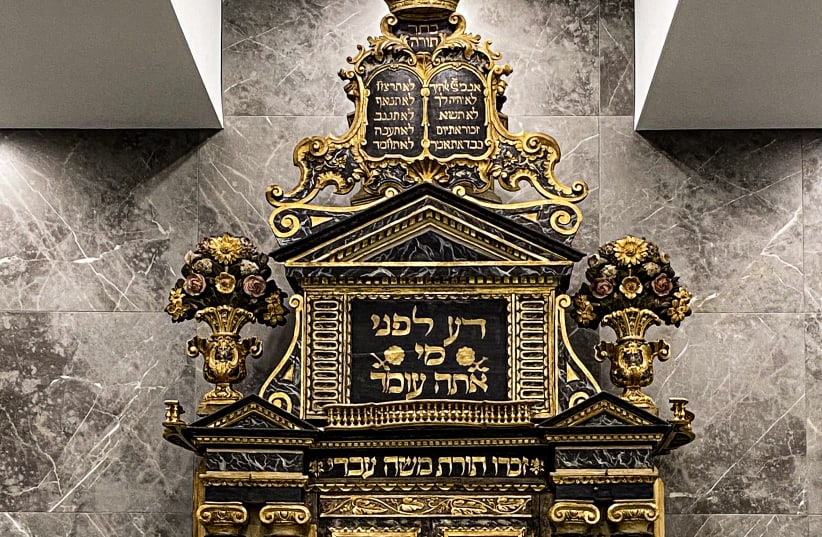A 16th Century Holy Ark from a synagogue in Italy is set to find a new home in New Jersey.
This important Renaissance-era Jewish artifact has been the subject of awe for years, from its construction to its first-ever photograph taken by Heinrich Frauberger in 1901 until its sudden disappearance during World War II and then later rediscovery.
Now, this Jewish relic will find a new home in the US.
What is the Holy Ark of Padua?
The ark in question was constructed in 1525 and used in the Ashkenazi Synagogue in Padua, Italy. At the time, the synagogue was under the leadership of Chief Rabbi Meir Katzenelenbogen.
There it stayed for hundreds of years. However, the building was severely damaged during World War II by bombings and in the aftermath of all the chaos, the ark seemingly vanished.


So what happened to it?
It turned out that the Jewish community sold the ark to a local family in 1939, aware of the threat of war breaking out in Europe and wanting to prevent its destruction.
Of course, what happened after that is still a mystery, and no one is quite sure where the ark ended up on its long journey.
What is believed to have happened, however, was that in the 1950s, Jewish Agency employee Umberto Nachon helped bring 50 arks from Italy to Israel. The Padua ark seems to have come around the same time, possibly at the behest of the family who bought it.
When the ark eventually showed up in Israel, it was in pieces. Bar-Ilan University's Prof. Illya Rodov was called one day to inspect pieces of an ark compared to that photograph taken by Frauberger over a century prior. And his conclusion was that they were the real deal.
What followed was an effort to restore the ancient ark, spearheaded in 2020 by Alice Dias of Studio Oro.
"The base of the ark was not original – apparently renovated in the 19th century. The inner wooden structure remained, but many layers of new wood and paint had been added," Dias said. "The impact of wars and wanderings were evident in the ancient pieces, but nevertheless it was patently obvious that this was an illustrious piece of Judaica, the fruit of an artist's hand."
"The impact of wars and wanderings were evident in the ancient pieces, but nevertheless it was patently obvious that this was an illustrious piece of Judaica, the fruit of an artist's hand."
Alice Dias
The finished ark doesn't fully resemble its original form. Rather, it now resembles how it did in the 17th century Baroque period.
After the restoration was complete, the ark was bought by an American Jewish philanthropist, wanting it to be flown to its new permanent home: Torah Links Synagogue in Lakewood, New Jersey.
It seems this ark's 500-year journey may finally come to an end in its new home.
